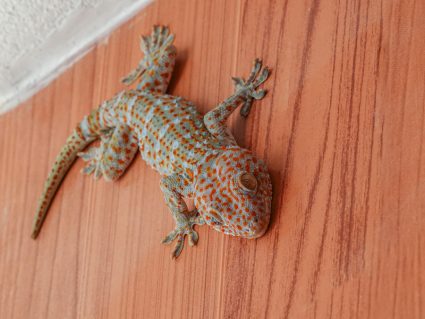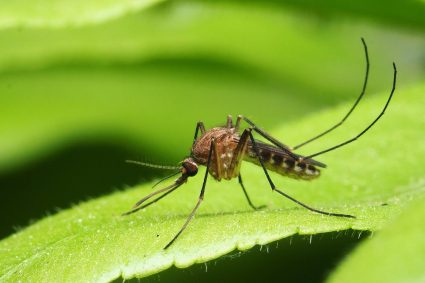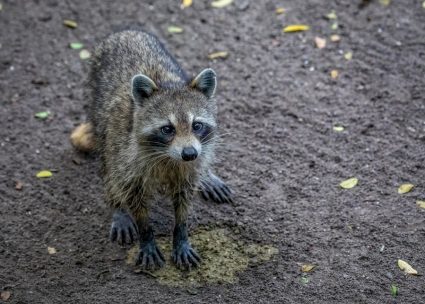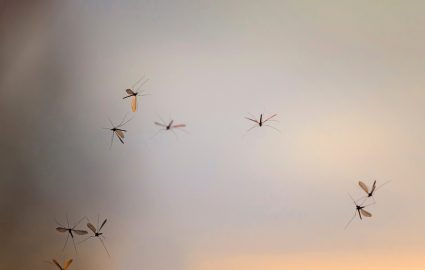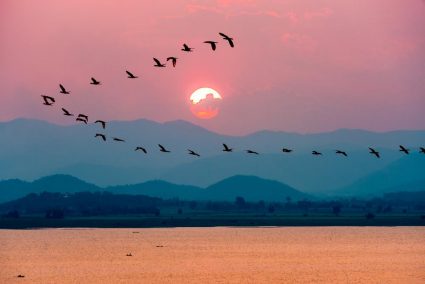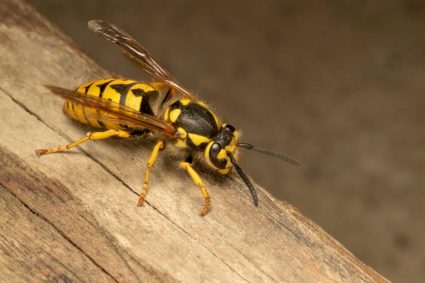
Coyotes, known for their keen sense of smell and opportunistic feeding habits, can locate a dead deer relatively quickly. However, the exact time frame can vary based on several factors, such as the coyotes’ proximity, the availability of other food sources, the local coyote population density, and more.
The time it takes for a coyote to find a dead deer can vary greatly based on several factors such as location, availability of other food sources, coyote population density, weather conditions, and more. However, there are instances where coyotes have found a dead deer within a few hours or even less. Leaving a deer carcass overnight significantly increases the chances of it being found by coyotes.
Coyotes and Their Scavenger Behavior
Coyotes are opportunistic omnivores and scavengers, meaning they take advantage of any situation that presents itself to feed quickly and efficiently. They are attracted to the scent of a dead animal and can track it down efficiently. In fact, a study in New York state found that during the winter, only 8% of adult deer carcasses visited by coyotes had been conclusively killed by coyotes, while the remaining 92% were scavenged after being killed by vehicles and other injuries.
Factors Influencing the Discovery Time
The time it takes for coyotes to locate a dead deer can be influenced by a multitude of factors. These include:
- Location of the carcass: If the dead deer is located in an area frequented by coyotes, it is likely to be found quickly. Conversely, if it is in a remote area, discovery may take longer.
- Availability of other food sources: If there are other abundant food sources available, coyotes may not prioritize scavenging, prolonging the discovery time.
- Coyote population density: Areas with higher coyote population densities are likely to have shorter discovery times due to increased competition for food resources.
- Weather conditions: Extreme weather conditions can mask the scent of the carcass or limit coyote movement, delaying the discovery time.
- Season: Certain seasons may see coyotes more focused on other activities, like mating or denning, reducing their time spent on scavenging.
- Presence of scavengers: Other scavengers can either compete with coyotes for the carcass or alert them to its presence.
- Decomposition: The state of decomposition of the carcass can also impact how quickly it is discovered.
General Timeline
While it’s challenging to provide an exact timeline, there are instances where coyotes have found and consumed a significant portion of a deer within a few hours or even less than an hour. Hunters have reported that leaving a deer overnight increases the chances of coyotes finding and consuming it.
Competition for the Carcass
Coyotes aren’t the only animals interested in a dead deer. They often compete with other predators, such as black bears, bobcats, and wolves. This competition can lead to increased vigilance, altered feeding patterns, defensive behavior, and even a shift in diet for coyotes.
Impact on the Ecosystem
Coyotes play a significant role in their ecosystem. They help maintain balance by consuming decaying biomass, controlling the population of small mammals, and indirectly contributing to biodiversity. They are considered a keystone species, and their scavenging behaviors have a significant impact on the biological community.
In conclusion, the time it takes for a coyote to find a dead deer can vary greatly, but it generally occurs relatively quickly due to their keen sense of smell and opportunistic feeding habits. Understanding these factors can help hunters and wildlife enthusiasts better understand the behaviors and ecological roles of these fascinating creatures.
Frequently Asked Questions
What other animals do coyotes compete with for food resources?
Apart from black bears, bobcats, and wolves, coyotes also compete with other scavengers like vultures, foxes, and even smaller creatures such as raccoons and crows.
How do coyotes contribute to biodiversity?
Coyotes contribute to biodiversity by controlling the population of small mammals, which can overgraze vegetation if left unchecked. This helps to maintain a balance in the ecosystem and encourages the growth of a diverse range of plant species.
What are some signs that a coyote has been feeding on a deer carcass?
Some signs that a coyote has fed on a deer carcass include gnawing marks on the bones, particularly the larger ones like the femur. Coyotes have strong jaws and can break down these bones. Additionally, the scattered remains and the presence of coyote tracks or droppings can also indicate their activity.
Do coyotes feed alone or in packs?
Both. Coyotes can feed alone or in small family groups depending on the availability of food and the local coyote population. However, they are not as social as wolves and often scavenge alone.
Are there any specific times when coyotes are more active in scavenging?
Coyotes are primarily nocturnal animals, meaning they are most active during the night. However, they can also be active during dawn and dusk. Their scavenging activities are likely to be more intense during these times.

